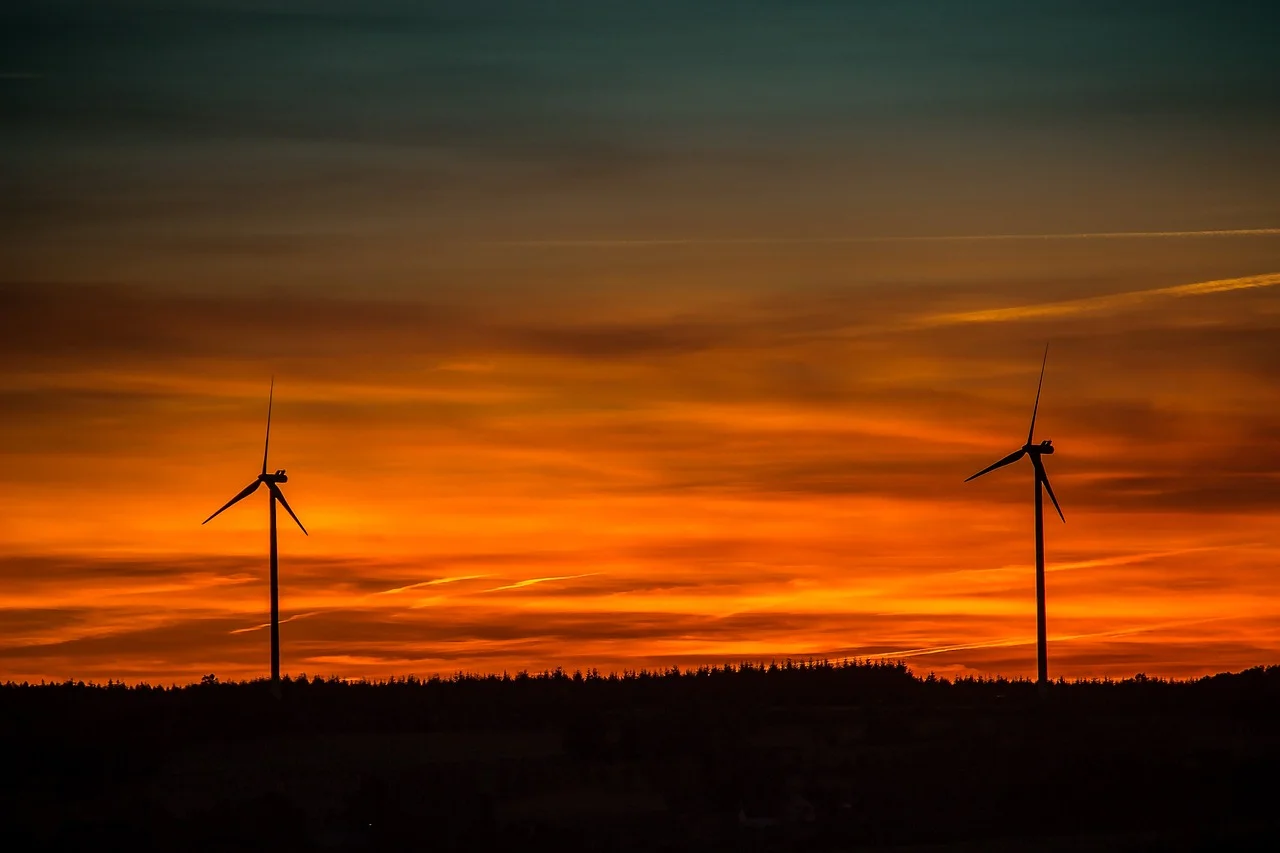
Key Takeaways:
The Impact of the Commodity Boom: What You Need to Know
Have you ever wondered about the remarkable rise and fall of the commodity boom and how it influences your daily life? The commodity market has experienced an exhilarating ride in recent years, leading to substantial economic shifts. In this article, we will explore the causes of this boom, its ripple effects on various industries, and how you can navigate the changing landscape to protect your financial well-being.
The Commodity Boom Explained
The commodity boom refers to a period of rapid price increases and high demand for essential raw materials, such as oil, gold, silver, agricultural products, and metals. These commodities serve as crucial inputs for industries worldwide. The boom creates significant opportunities and challenges for consumers, businesses, and investors.
The primary drivers behind commodity booms are often complex and intertwined. Factors like supply and demand imbalances, geopolitical events, technological advancements, and changes in market sentiment can contribute to these notable shifts in commodity prices.
The Impacts on the Global Economy
Affected Industries
The commodity boom permeates various industry sectors, including mining, energy, agriculture, manufacturing, and construction. Let’s delve deeper into each sector’s distinctive dynamics:
Mining:
The mining industry experiences increased exploration and extraction activities during a commodity boom. As prices skyrocket, mining companies often rush to capitalize on economically viable reserves, leading to significant growth and employment opportunities within this sector. The demand for metals and minerals used in infrastructure development, technology manufacturing, and renewable energy production directly influences this industry’s trajectory.
Energy:
One of the most vital commodities, oil, plays a pivotal role in the global economy. During a commodity boom, oil prices surge, driven by factors such as production constraints, geopolitical unrest, and changes in oil consumption patterns. These price fluctuations significantly impact transportation costs, electricity bills, and the profitability of energy-intensive industries.
Agriculture:
In an agricultural commodity boom, the prices of essential crops and livestock surge worldwide. Factors like extreme weather conditions, changes in dietary preferences, and growing global population continue to shape agriculture’s growth trajectory. The impacts of these booms extend beyond the farm, affecting food prices, food security initiatives, and government agricultural policies.
Manufacturing and Construction:
Raw materials are the lifeblood of manufacturing and construction sectors. During commodity booms, the heightened demand for metals, such as copper and steel, leads to supply shortages and price surges. This directly affects the production costs of goods, real estate prices, and overall economic growth.
Global Trade and Inflation
The commodity boom has significant implications for international trade patterns and inflation rates. Countries blessed with abundant natural resources can experience increased export revenues, strengthening their economies. This rise in wealth enables governments to invest in infrastructure development or social welfare programs, stimulating economic growth.
However, countries heavily dependent on resource imports face the challenge of higher production costs, reduced purchasing power, and inflationary pressures. This situation heightens the risk of social unrest and economic instability.
Investment and Financial Markets
The allure of potential profits during a commodity boom draws investors into the commodities market. Commodity futures, exchange-traded funds (ETFs), and commodity-related stocks become popular investment vehicles. However, these markets are highly volatile, creating immense short-term gains or substantial losses.
Diversifying investment portfolios not only helps mitigate the risk associated with commodity volatility but also safeguards against market downturns. Allocating assets across different asset classes, industries, and regions can potentially generate stable returns amidst the fluctuating commodity landscape.
The Risks of Commodity Busts
It is crucial to acknowledge that commodity booms are often accompanied by equally dramatic busts. The inherent volatility of commodity prices exposes investors to substantial financial risks if they fail to anticipate market downturns. Individuals must balance the potential rewards with informed risk assessments to safeguard their financial well-being.
Frequently Asked Questions
Conclusion
In conclusion, the rise and fall of the commodity boom have profound ripple effects on the global economy and individuals’ lives. The dynamic nature of commodity markets demands informed decision-making, diversification of investments, and a keen eye on market trends. By understanding the impacts of commodity booms and busts, individuals can position themselves for financial stability and resilience in an ever-changing world.
Source: insightfullgo.com

